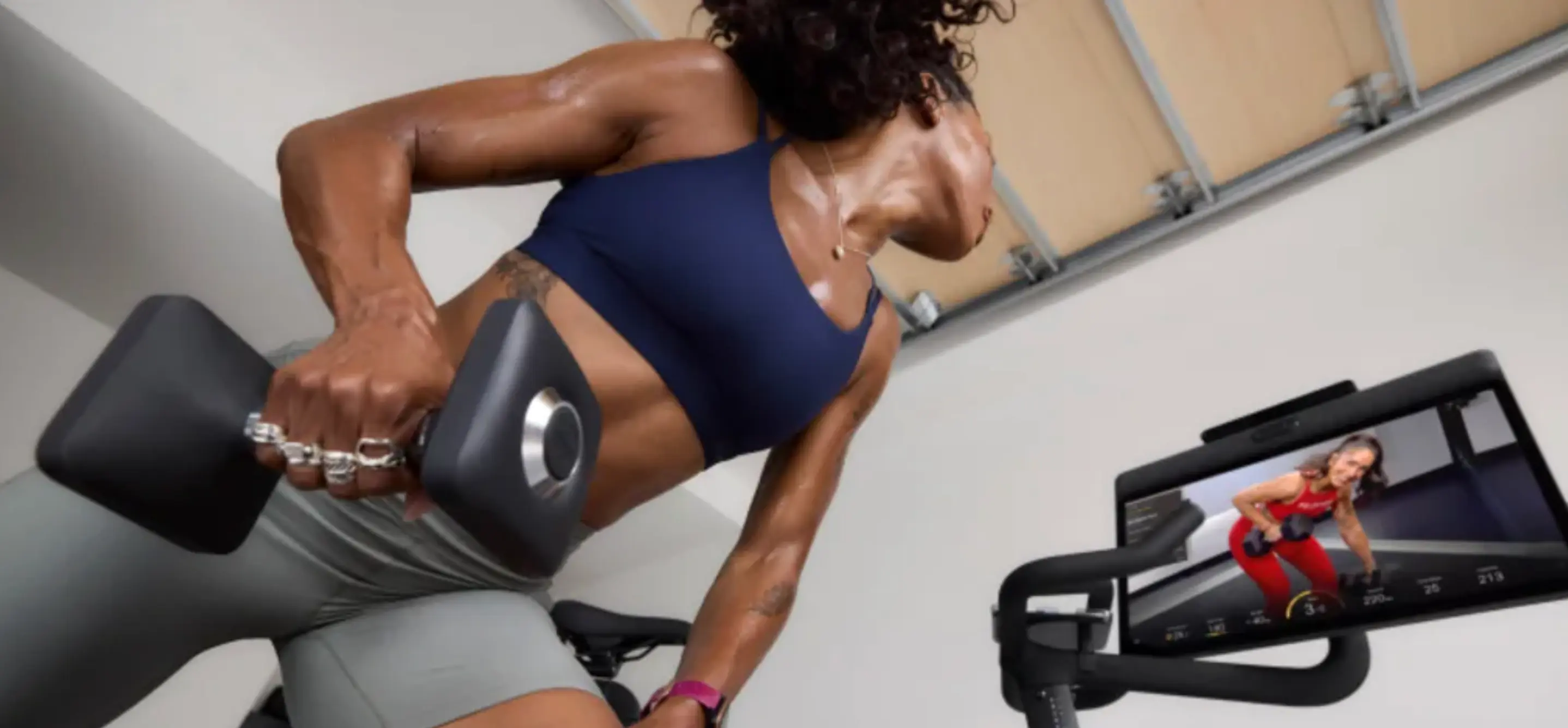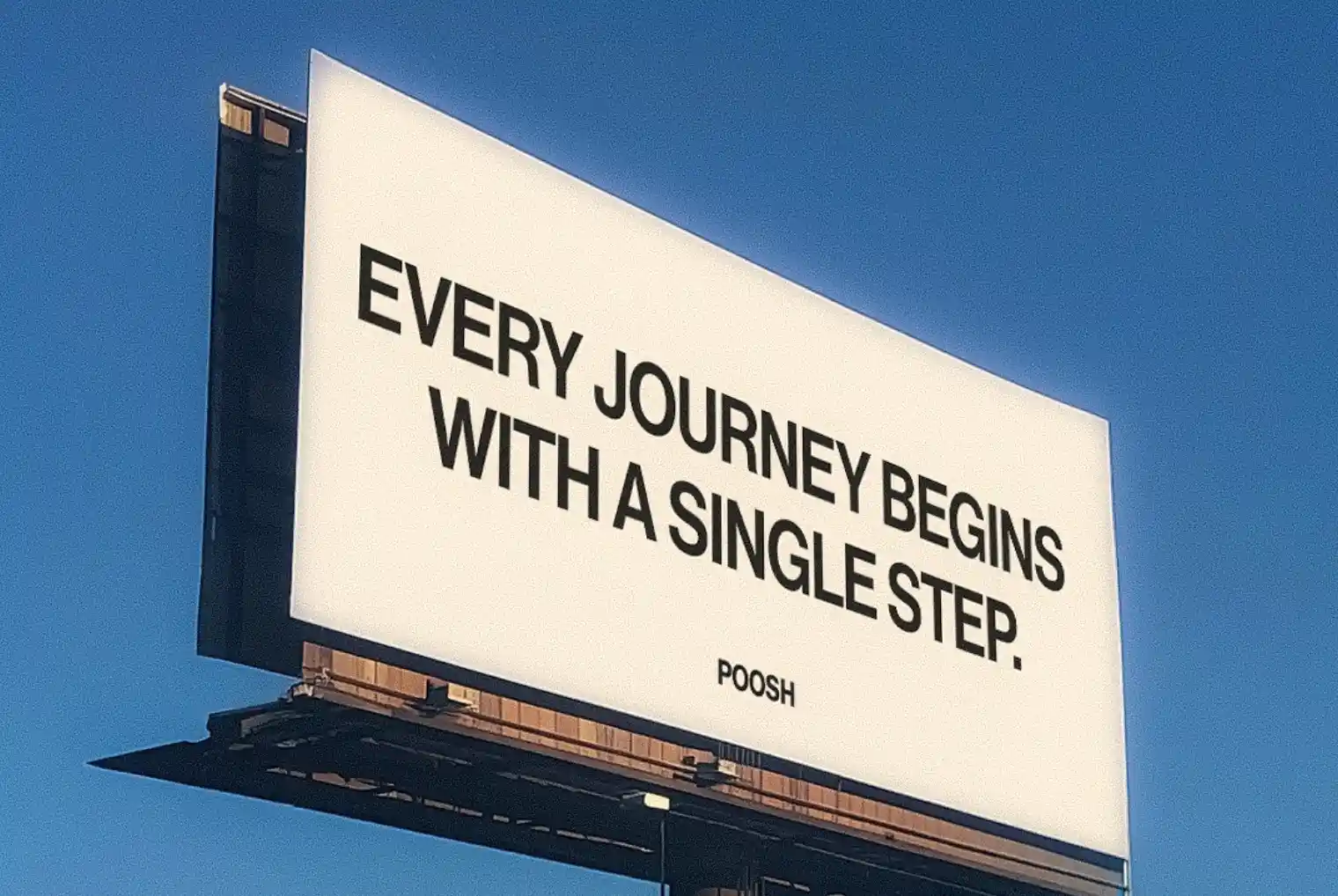Content Marketing and Design: Building a Personal Brand
Updated on
Published on

Ever wondered why some personal brands stand out while others fade into the noise? It’s not just about a fancy logo or a catchy tagline. A personal brand is practically your digital fingerprint—it sets you apart in a crowded market so that people recognize you for what you bring to the table. But building that brand takes a mix of strategy, design, and, of course, a dash of personality. Let’s dig into the essentials of building a personal brand and why content is your best friend along the way.

Why Content Matters for Your Brand
Content isn’t a simple buzzword thrown around by marketers and influencers; it's the heart and soul of any personal brand. Your content serves as your brand’s voice, which speaks directly to your audience. It doesn’t matter if it’s blog posts, social media updates, or video content; each piece plays a role in shaping how people perceive you. That’s where content marketing services come into play—they help streamline your message so you don’t sound like a broken record across platforms (and people eventually lose interest). And when you back that up with a smart SEO content marketing plan, you’re not just heard—you’re discovered! For those starting out, finding the right content strategy template can be a lifesaver since it can help you keep your content consistent and aligned with your brand values.
Speaking of consistency, don’t forget about the visuals! The way your brand looks—its design—matters just as much as the words. Here, design and content go hand in hand. If you’re not a design whiz, don’t sweat it; graphic design courses can teach you the basics and give your brand a more polished, professional edge. And if you want to dig deeper into efficient content creation, check out this website for tools that can make the process smoother and more effective.
Key Elements of a Strong Personal Brand
What do you imagine when you think about a successful branding example? Probably, active social media, recognizable style, constant user engagement – stuff like that. So, what are the must-haves when building a personal brand? Here’s a breakdown:
- Know your audience. Before you start crafting content or designing your logo, understand who you’re talking to. Are they young professionals? Busy parents? Fellow creatives? Gen Z, Millennials, Gen X? Identifying your niche market is the first step toward creating content that resonates. Tailoring your message to a specific audience makes your brand feel more authentic and relatable.
- Visual identity. Your brand’s image is its wardrobe—it tells people who you are before they even read a word. This includes your logo, color palette, and the overall look of your social media presence. A consistent visual style builds brand awareness and makes you instantly recognizable, no matter where people find you.
- Clear messaging. A personal brand without a clear message is like a book without a story. Your message should reflect what you’re about and what makes you different. You are answering the “why” behind your brand—why should someone follow you, buy from you, or trust you? Keeping your message consistent (not boring, but consistent) across platforms is important, whether you're posting on social media or writing blog content.
Crafting Quality Content
Creating high-quality content doesn’t require a team of writers and designers. In fact, a lot of it comes down to nailing the basics. Start with a solid content strategy template to keep your ideas organized. Plan out your posts ahead of time, mix in different types of content, and don’t forget to add a bit of your personality. After all, people are following you, not a corporation. And if the writing process feels like a mountain to climb, don’t worry. AI writing tools can be a huge help. They can save you time by generating content ideas, drafting posts, or even fine-tuning your SEO optimization. But remember, AI shouldn’t replace your voice—it’s there to help amplify it.
Design and Branding Tools: Elevate Your Look
There’s no need to drop big bucks on a design team right away when branding tools are at your fingertips. Although, if it’s your chosen approach, there’s nothing wrong with that; you still have to be at least familiar with the existing software. From DIY design apps to templates that make everything look polished, you’ve got plenty of options. Start with free tools to build your logo or edit images, and if you’re feeling adventurous, dive into graphic design courses that can teach you the finer points of layout and color theory.
And don’t ignore the power of visual content. People are drawn to images, infographics, and videos, making your posts stand out in a sea of text. A strong visual presence boosts your social media presence and helps you connect with followers on a more personal and, most importantly, memorable level.
Building a Blog Content Strategy
A blog is more than a space for your thoughts; it’s a tool for building brand awareness and boosting your online visibility. Having a blog content strategy helps you focus on topics your audience cares about, which in turn helps with SEO optimization (yep, nowadays, you can’t go anywhere without it). The trick is to keep your posts relevant and engaging—think tutorials, personal stories, or industry insights. And don’t forget to sprinkle in keywords naturally, so people can actually find your content when they search online. For creators and consultants who offer digital products or memberships, integrating a whitelabel payment gateway can add a seamless, professional payment experience that reinforces your brand identity. The more you share valuable information, the more people will see you as an authority in your niche.
For example, if you’re focusing on SEO content marketing, write about how to improve search rankings or the benefits of targeted content. The more you share valuable information, the more people will see you as an authority in your niche.
Speaking of content strategy, let’s also mention social media. What is there to say? Social media is your direct line to your audience—use it wisely. Building a strong online presence is essential for any successful brand build because it helps create trust and connect with your target audience effectively. But rather than trying to dominate every platform, focus on the ones where your audience hangs out most. Post regularly, engage with your followers, and don’t be afraid to show some personality. Authenticity goes a long way in building trust, and trust is the foundation of any strong personal brand.

Final Thoughts: Brand Building is a Process
Building a personal brand isn’t a sprint—it’s more like a marathon with lots of water breaks along the way. And that’s okay because it takes time to find your voice, figure out what resonates with your audience, and create content that feels true to you. Don’t get bogged down by trying to make everything perfect from the get-go. Instead, focus on progress, learn from your audience, and adapt as you go.
It makes little difference if you’re just getting started or looking to take your brand to the next level, remember that authenticity is your biggest asset. Use content and design to reflect who you are, and let your personality shine through. The more people see the real you, the more they’ll want to stick around.







